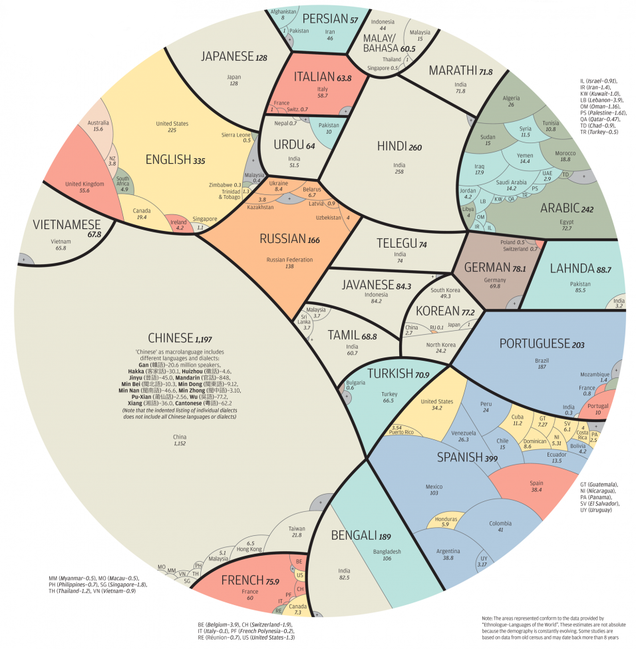I recently stumbled across a post titled 4 Levels of Editing Explained: Which Service Does Your Book Need? on The Book Designer's blog. Since I'm currently in what I'm hoping will be one of the last rounds of editing my manuscript, I found this breakdown of the different kinds of edits interesting.
In this post, Joel Friedlander explains that there are
1. Big-Picture Edits, which address the structure of the book (f.e. plot, character arcs, etc.)
2. Paragraph-Level Edits, which work to focus sentence clarity and flow,
3. Sentence-Level Edits, which checks grammar, usage and consistency/continuity issues,
4. Word-Level Edits, aka proofreading, which adresses spelling, punctutation and formatting issues.
With my WIP, I've hit all four levels, and am currently working on levels three through four. I find those can be tackled together, once the big-picture edits are finalized. Those, for me, are the greater challenge by far, also evident in the time-frame each edit has taken me:
Writing the first draft took me six months. I was fairly satisfied with it, and happy I'd managed to 'spit it out' in such a (for me) record time.
The first big-picture edit took three months. It made the story better in some parts, but terrible as a whole. I was satisfied no longer.
Ergo, on to round two of big-picture edits, where I did what I should have done in the first place: I made some tough decisions regarding changes in world-building, which fundamentally altered large portions of the plot. I tore the entire manuscript apart, chapter by chapter, rearranged, deleted, added and rewrote. And here I'd thought I'd done a good job outlining beforehand... This round of edits took me five months, which means I spent eight months on big-picture edits for a six-month-first-draft. Hallelujah. Writing is rewriting, indeed.
Then I went through the entire manuscript with paragraph-level edits, with bits and pieces of sentence-level edits thrown into the mix. This version I finally proclaimed good enough to go to my beta readers - only five weeks after finishing the big-picture edits!
Now, with the first feedback trickling in from beta-readers, I'm tackling the 'small' edits of levels three and four. If I keep up the current pace, I'll be done by the end of June, meaning I'll have gone through those in about five more weeks.
To sum up: it took me eight months to work my way through the big-picture edits, versus two-and-a-half months for the other levels of editing combined.
I'm not home-free, yet. My book-baby is still in the hands of my beta-readers. They promised they wouldn't be gentle with it. I just hope they don't find anything wrong with its major organs or arteries, or it's back to the big-picture board for me...
... where I post about my experiences as an aspiring author - from writing and editing, over querying agents and looking for a publisher, to things that really help(ed) me on my way. I'm looking forward to this unpredictable journey.
Sunday, June 28, 2015
Wednesday, June 10, 2015
A Proportional Perspective of the World's Native Languages
iO9 posted this cool infographic by Alberto Lucas López, which shows how 23 of the world’s mother tongues are proportioned, and how they’re distributed around the globe. Here is the full article.
The linguaphile in me loves this sort of information. Who'd a thunk so many people actually speak my native language, German? Or that there were so many more Chinese speakers than English? Or this curious tongue called Urdu - I don't even know where on the world map to place that (at least I wouldn't if it didn't say India on the graph). Ditto for Marathi or Tamil. How can I never have heard about a language spoken by approximately 70 million people, with as beautiful a name as Marathi? Sounds like something out of Game of Thrones.
I feel so ignorant. In a good way, because hey, now I've heard of them. And it lends a whole new perspective as to how diverse our little blue planet acutally is.
The linguaphile in me loves this sort of information. Who'd a thunk so many people actually speak my native language, German? Or that there were so many more Chinese speakers than English? Or this curious tongue called Urdu - I don't even know where on the world map to place that (at least I wouldn't if it didn't say India on the graph). Ditto for Marathi or Tamil. How can I never have heard about a language spoken by approximately 70 million people, with as beautiful a name as Marathi? Sounds like something out of Game of Thrones.
I feel so ignorant. In a good way, because hey, now I've heard of them. And it lends a whole new perspective as to how diverse our little blue planet acutally is.
Subscribe to:
Comments (Atom)
